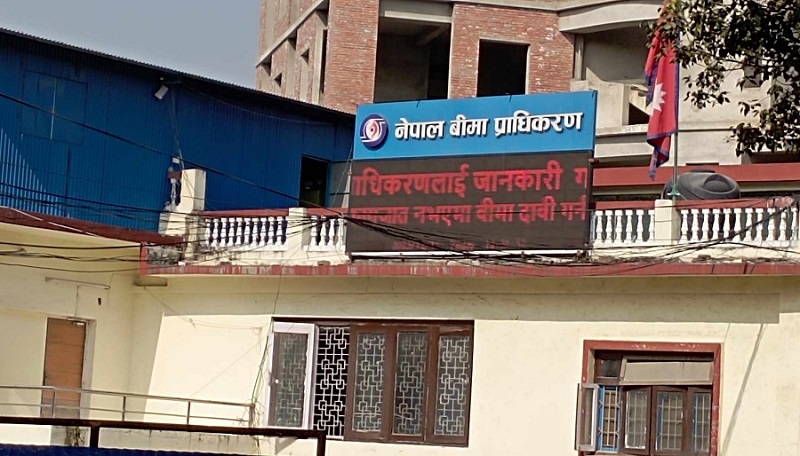Nepal SBI Bank to Rollout CORPORATEPAY System
13th April 2021, Kathmandu
Nepal SBI Bank Ltd. has entered into an agreement with Nepal Clearing House Ltd. to roll out the CORPORATEPAY system as a business payments platform. It will facilitate the bank’s business customers for initiating digital transactions directly from its bank accounts. The agreement was signed by Md. Rizwan Alam, Deputy CEO and Chief Financial Officer, Nepal SBI Bank Ltd., and Neelesh Man Singh Pradhan, CEO of NCHL.
The bank will provide its business customers with a digital platform of CORPORATEPAY that will be used by the businesses to initiate various payment transactions including fund transfer, salary payments, vendor or party payments, government payments, and other service payments. Such payments could be bulk or individual with beneficiary credit on a real-time or non-real-time basis, depending on whether the transactions are processed through connectIPS or NCHL-IPS clearing systems.
The customers will need to request the bank for enrollment to avail of the service, and after the necessary due diligence, access to the system is provided based on the approving authority of the users of such institutions. The transactions will then be managed completely by the business institution without the manual intervention of the bank within a transaction limit and above the limit, it has to be additionally approved by the bank. The system provides a secured mechanism of multi-layer authentication to access the system with multiple approvals for transaction authorization based on the approving authority provided by the institution. The system also provides a facility to link other bank accounts also, through respective banks, which makes the CORPORATEPAY system truly a multi-banking single platform for business customers.
Nepal SBI Bank Ltd. has been at the forefront of providing digital platforms to its customers, which it was primarily focusing on the retail customers. And now with the addition of CORPORATEPAY, the bank believes that it will help its business customers to digitize their transactions to improve its service delivery, as the need for the customers to approach bank branches will be largely reduced, once the system is fully rolled out.







